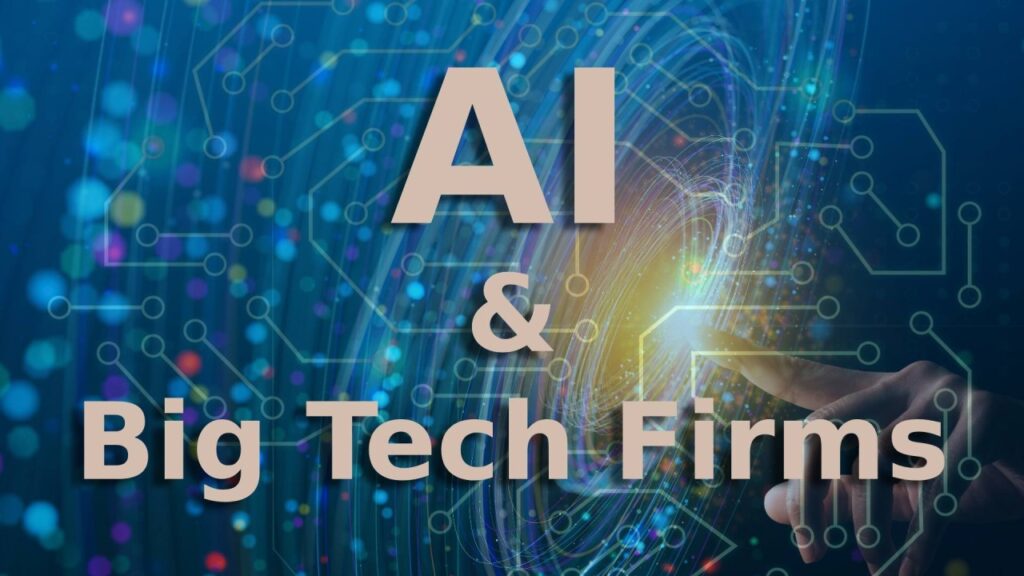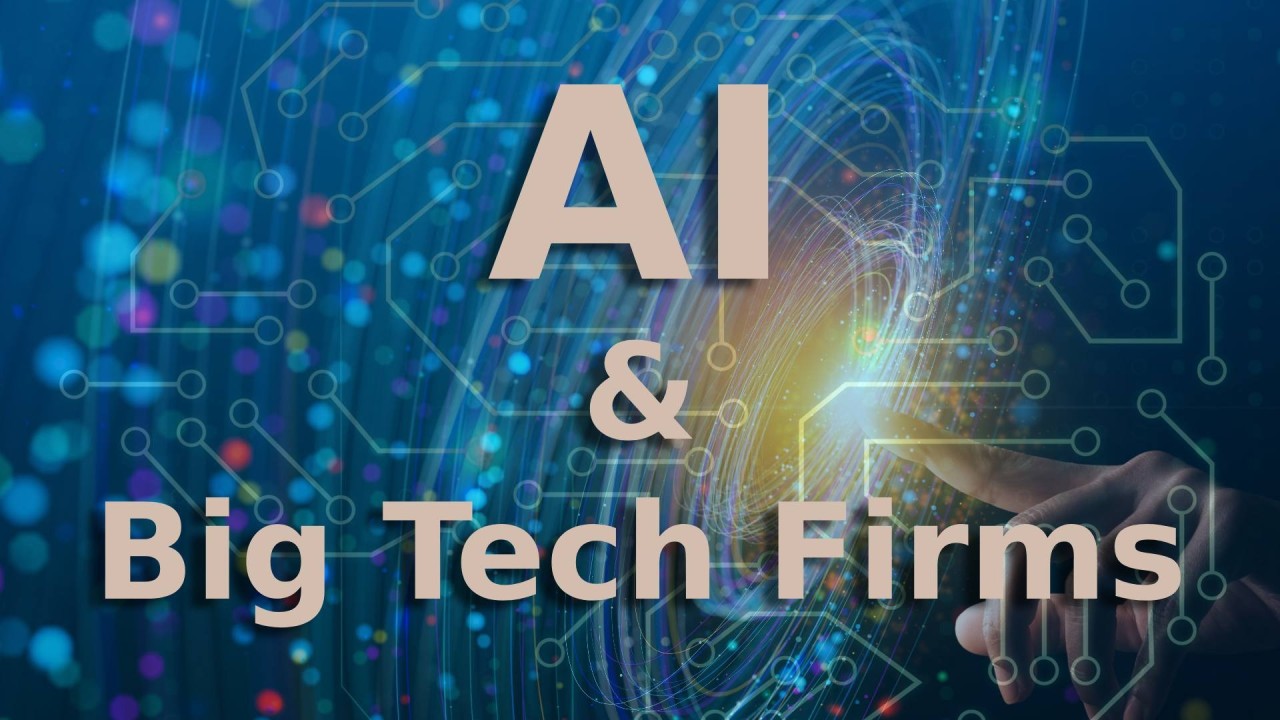Artificial Intelligence has entered a golden era. In 2025, AI is not just a tool—it’s an intelligent partner that helps businesses innovate, assists governments in policy-making, and supports individuals in their everyday lives.
The pace of AI development has accelerated, with features that were once experimental now being widely adopted. From human-like communication to predictive decision-making, AI is leading the fourth industrial revolution.
This article explores the most powerful AI features shaping 2025, how they work, and why they matter.

1. Human-Centric Language Intelligence
Language AI in 2025 has moved beyond simple text predictions. Modern systems understand tone, cultural nuance, and emotional intent.
- AI can now act as mediators in global business negotiations.
- Healthcare AI provides empathetic responses to patients.
- Governments use AI translators for real-time international communication.
👉 Example: A startup built an AI-powered mental health app that listens to patients and responds with compassion, reducing the need for human therapists in early intervention.
2. Predictive Personalization Engines
AI personalization has reached a predictive stage—it doesn’t just react to user behavior, it anticipates needs before users even express them.
- Shopping apps suggest what customers are likely to want next week.
- Learning platforms adjust future lessons based on real-time performance.
- Fitness apps create workout plans ahead of user milestones.
👉 Businesses adopting predictive personalization see up to 40% more conversions than traditional recommendation systems.
3. Self-Running Autonomous Systems
In 2025, autonomous AI is running industries with minimal human involvement.
- Self-driving taxis operate in smart cities.
- Warehouses are fully managed by AI-powered robots.
- Farming equipment operates autonomously, boosting efficiency.
👉 Logistics companies cut delivery costs by 30% using AI fleets that optimize routes in real time.
4. AI-Powered Generative Creativity
Generative AI is redefining creativity by co-creating with humans in multiple fields.
- Architects design eco-friendly buildings using AI simulation.
- Game developers create realistic worlds generated by AI models.
- Musicians collaborate with AI to develop entirely new genres.
👉 A film studio in 2025 released the first movie written and partially animated by AI—receiving global attention.
5. Cybersecurity with Autonomous Defense
Cyber threats are more dangerous than ever, but AI-powered security has evolved to self-defend without human assistance.
- AI predicts vulnerabilities before hackers exploit them.
- Self-repairing firewalls restore systems instantly after an attack.
- Fraud detection AI prevents billions in losses for banks.
👉 Banks report a 90% drop in online fraud attempts after deploying AI-driven real-time monitoring.
6. AI in Precision Healthcare
Healthcare is one of the biggest winners of AI innovation.
- AI predicts patient risks before symptoms appear.
- Smart wearables connect patients directly to doctors.
- Generative AI speeds up vaccine and drug discovery.
👉 Case Study: AI identified rare heart disease in patients weeks earlier than traditional scans, saving lives.
7. Conversational Digital Companions
AI assistants are evolving from productivity tools to companions.
- Students rely on AI tutors for personalized education.
- Business leaders use AI secretaries to run meetings and write reports.
- Seniors use conversational AI for companionship and daily reminders.
👉 A large portion of professionals now rely on AI assistants to manage schedules, freeing up time for creativity.
8. Edge Computing with AI Intelligence
Edge AI allows devices to make instant decisions without waiting for cloud servers.
- Cars process road signals on-device, reducing accidents.
- Smart homes run offline AI systems for security.
- Industrial IoT uses AI to predict machine failures instantly.
👉 Factories using Edge AI report 20% faster production cycles.
9. AI for Environmental Intelligence
AI is playing a massive role in climate protection and sustainability.
- AI predicts floods, earthquakes, and droughts earlier.
- Agriculture AI optimizes water usage and reduces waste.
- Energy AI distributes electricity across smart grids efficiently.
👉 Cities using AI-powered traffic systems cut carbon emissions by 25%.
10. Responsible & Transparent AI
The biggest transformation is not technical—it’s ethical. AI in 2025 is built with transparency, accountability, and fairness in mind.
- AI bias detection ensures fair hiring practices.
- Transparent AI logs explain how decisions are made.
- Governments enforce AI regulation for public safety.
👉 Result: AI adoption increases because users trust ethical systems.
Looking Ahead: AI Beyond 2025
The future of AI is moving toward Artificial General Intelligence (AGI)—a system that can think, adapt, and perform like a human across multiple domains.
By 2030, we may see:
- AI exploring space missions.
- AI-driven education replacing traditional classrooms.
- AI-powered medical implants monitoring health in real time.
Final Thoughts
AI in 2025 is no longer about automation—it’s about intelligence, prediction, and trust. From healthcare and cybersecurity to personalization and sustainability, AI features are transforming the digital world.
For businesses, adopting AI is not optional—it’s the only way to remain competitive in the years ahead.


